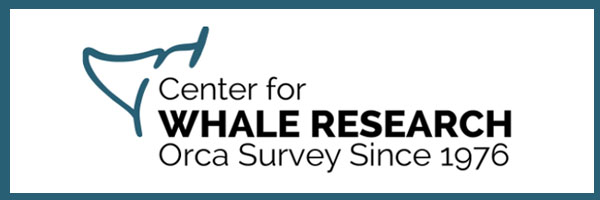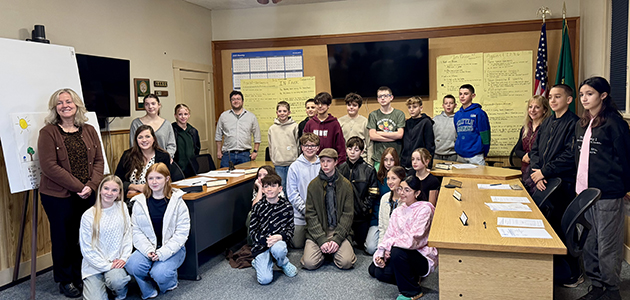||| FROM LEITH TEMPLIN |||
Hi Leith,
The Orcas Fire levy for collection in 2023 was $2,384,531.23, with a levy rate of 0.5883604965 per $1,000 of assessed value based on a total assessed value of $4,052,840,468 for the district. There is one year remaining on the 10 year levy approved by the voters.
If the 10 year levy had not been in place this year, the district would have been limited to $1,225,724.93 based on the “inactive” levy carried since the temporary lid lifts were approved starting in collection year 2000. The levy rate for collection in 2023 would have been 0.3024360173 if the voters had not approved the temporary lid lifts. There was a 15 year levy approved for collection starting in 2000, and a subsequent 10 year levy approved starting in 2015.
If the voters do not approve a lid lift before the end of the current 10 year lift, the “inactive” levy will become active and the district will be limited to $1,225,724.93 plus increases as allowed by RCW 84.55, which add 1% and an amount calculated from the value of new construction in the district, which is historically about another 1%-3%. We won’t know the rate needed to generate the levy amount until the assessed value is known, which won’t happen until the end of the year, but rates GENERALLY drop from year to year because assessed values tend to go up more than the increase allowed for the taxing districts levy limit.
Let me know if you have questions.
John
**If you are reading theOrcasonian for free, thank your fellow islanders. If you would like to support theOrcasonian CLICK HERE to set your modestly-priced, voluntary subscription. Otherwise, no worries; we’re happy to share with you.**









Leith. Thanks for the letter from John. As usual he is spot on, right down to many digits.
These data from John then raises the obvious hard question. It’s time for the public to be direct and ask you the hard questions. “How could you and your fellow commissioners put at risk the current funding for the department by putting the exact same large levy increase request in November?” Why did you not back off and put in a simple levy lid lift to restore the $0.58/1000? Five people, only one elected, put at risk our public safety by shooting for the moon twice, asking for more than what was needed to maintain status quo funding and services. At least NASA put in place changes after shooting Apollo 13 at the moon. That is what responsible governance requires – thoughtful reflection, logical thinking and corrective action. While tempting, I won’t provide Einstein’s definition of insanity.
Leith:
I had a conversation with the Assessor’s Office this week – seeking to more clearly understand things. Here is what I learned:
1. If the levy (as currently proposed) does not pass in August, OR a follow on levy (as may be subsequently presented to the voters) fails to pass in November, THEN
2. Beginning in 2025 the fire districts revenue will reduce to (approximate) $ 1.225M.
The implications of that revenue reduction in 2025 are two fold (as I understand from you and others)
First, the district MAY not have cash reserves sufficient in the first quarter of 2025 to fund its normal operations.
Second, the district will not be able to provide the full range of current services in 2025. Difficult prioritized choices will be required.
I have shared with you my concern on the term of the levy – and that concern remains. The district will need to redouble its efforts to communicate with transparency and clarity the needs and plans for our community.
Thank you.
Joseph J Cohen
What the Orcas Fire District is doing is fairly common in this Washington State … propose a levy lift a year before the current levy expires at a relatively high $’s per thousand rate (in this case an 82% increase), and if that fails, approve a more realistic levy next year.
Clearly they need an increase in 2025. If the current proposed levy fails, which it probably will if the majority of voters understand property assessment values climbing and the “well, it’s only a penny more per thousand we voted for in 2014 financial deception”, then the new l can come back to the voters in the sixty or seventy cent range and get a large enough annual increase to pay for labor costs and a realistic capital improvements program.
The” funding cliff “is 17 months from now.